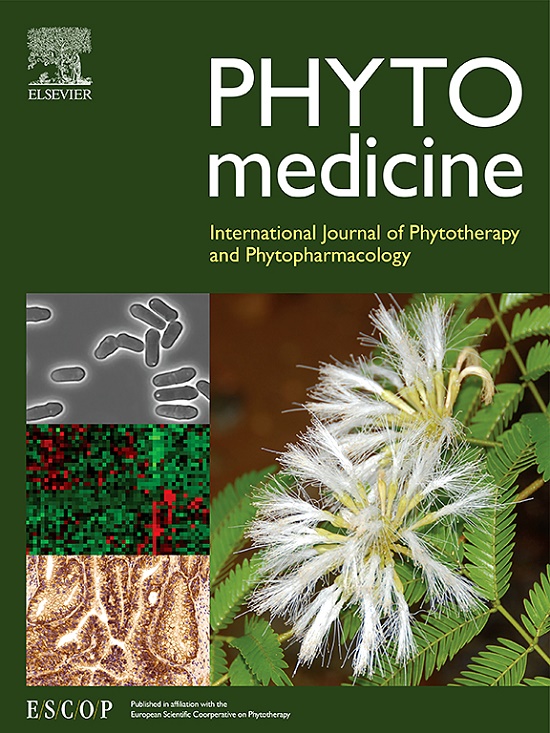(+)-Borneol enhances the protective effect of edaravone against cerebral ischemia/reperfusion injury by targeting OAT3/P-gp transporters for drug delivery into the brain
IF 6.7
1区 医学
Q1 CHEMISTRY, MEDICINAL
引用次数: 0
Abstract
Objectives
Cerebral ischemia-reperfusion (CI/R) injury is a severe neurological condition associated with significant morbidity and mortality. Edaravone-dexborneol is a promising neuroprotective agent for alleviating CI/R injury, which composed of edaravone and (+)-borneol. Several studies have confirmed that combining edaravone with (+)-borneol can exert synergistic effects when compared to using edaravone alone. However, whether the synergistic effect is achieved through the enhanced cerebral delivery of edaravone facilitated by (+)-borneol remains unclear, and the potential binding targets need to be further explored.
Methods
Middle cerebral artery obstruction reperfusion (MCAO/R) rats and an oxygen-glucose deprivation/reoxygenation (OGD/R) treated bEnd.3 cells were used to evaluate the synergistic effects between edaravone and (+)-borneol. The cerebral exposure of edaravone was detected using a rapid HPLC-MS/MS method. Then, we examined whether the mechanism by which (+)-borneol increases the cerebral concentration of edaravone occurs via paracellular or transcellular pathways, and we explored potential binding targets.
Results
The combined administration of edaravone and (+)-borneol significantly attenuating CI/R injury both in vivo and in vitro. What captured our interest was that the co-administration of (+)-borneol increased the exposure of edaravone in cerebral infarction area. We found that the combination of (+)-borneol contributed to the maintenance of BBB integrity. The increased expressions of tight junction proteins indicated that paracellular pathway plays a limited role in the elevated cerebral edaravone concentrations. Furthermore, we found that the co-administration of (+)-borneol up-regulated the expressions of influx transporters (OAT1 and OAT3) and down-regulated the expressions of efflux transporters (P-gp and MRP1). Inhibitor experiments further confirmed that the involvement of P-gp and OAT1/3 in the transcellular transport of edaravone across BBB. Finally, we verified that (+)-borneol could directly bind to P-gp and OAT3, facilitating the entry of edaravone into brain and reducing its efflux.
Conclusion
This study demonstrated for the first time that (+)-borneol could enhance the concentration of edaravone in the infarcted region under conditions of CI/R. The underlying mechanisms may involve the enhancement of trans-BBB delivery of edaravone by (+)-borneol through OAT3/P-gp-mediated transcellular transport.

求助全文
约1分钟内获得全文
求助全文
来源期刊

Phytomedicine
医学-药学
CiteScore
10.30
自引率
5.10%
发文量
670
审稿时长
91 days
期刊介绍:
Phytomedicine is a therapy-oriented journal that publishes innovative studies on the efficacy, safety, quality, and mechanisms of action of specified plant extracts, phytopharmaceuticals, and their isolated constituents. This includes clinical, pharmacological, pharmacokinetic, and toxicological studies of herbal medicinal products, preparations, and purified compounds with defined and consistent quality, ensuring reproducible pharmacological activity. Founded in 1994, Phytomedicine aims to focus and stimulate research in this field and establish internationally accepted scientific standards for pharmacological studies, proof of clinical efficacy, and safety of phytomedicines.
 求助内容:
求助内容: 应助结果提醒方式:
应助结果提醒方式:


